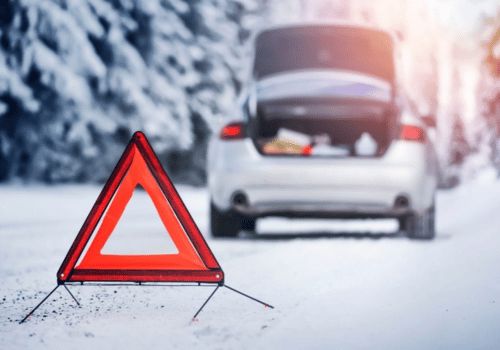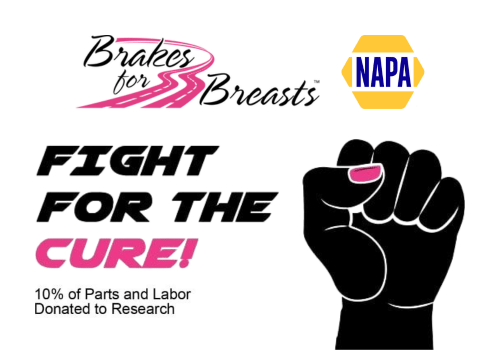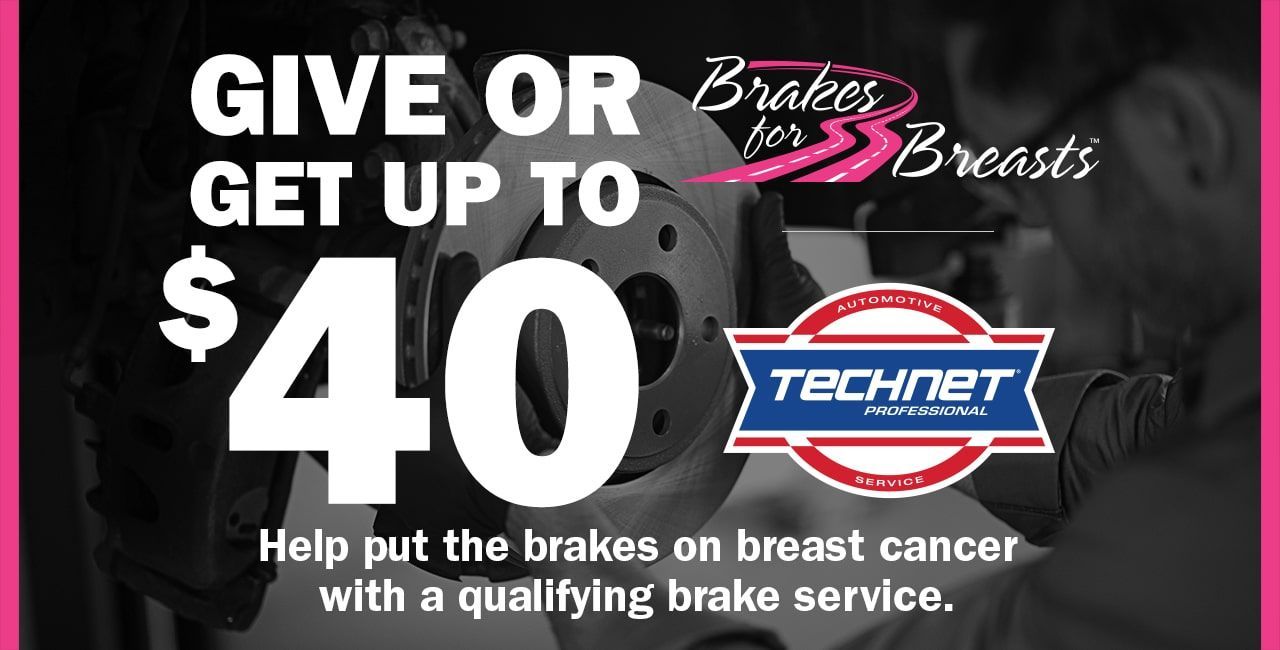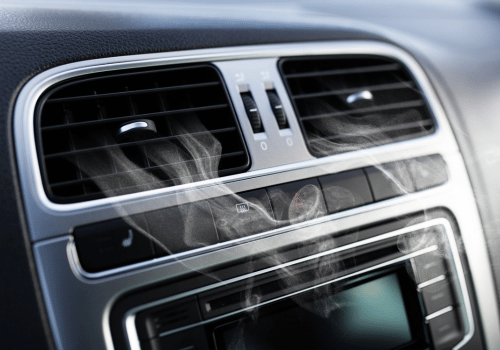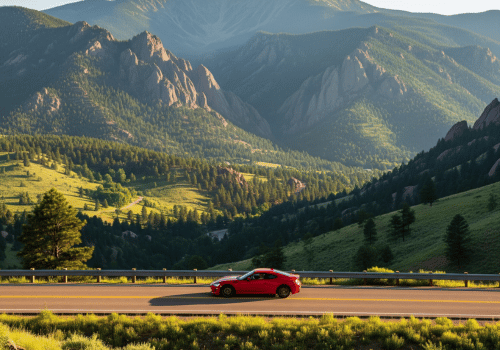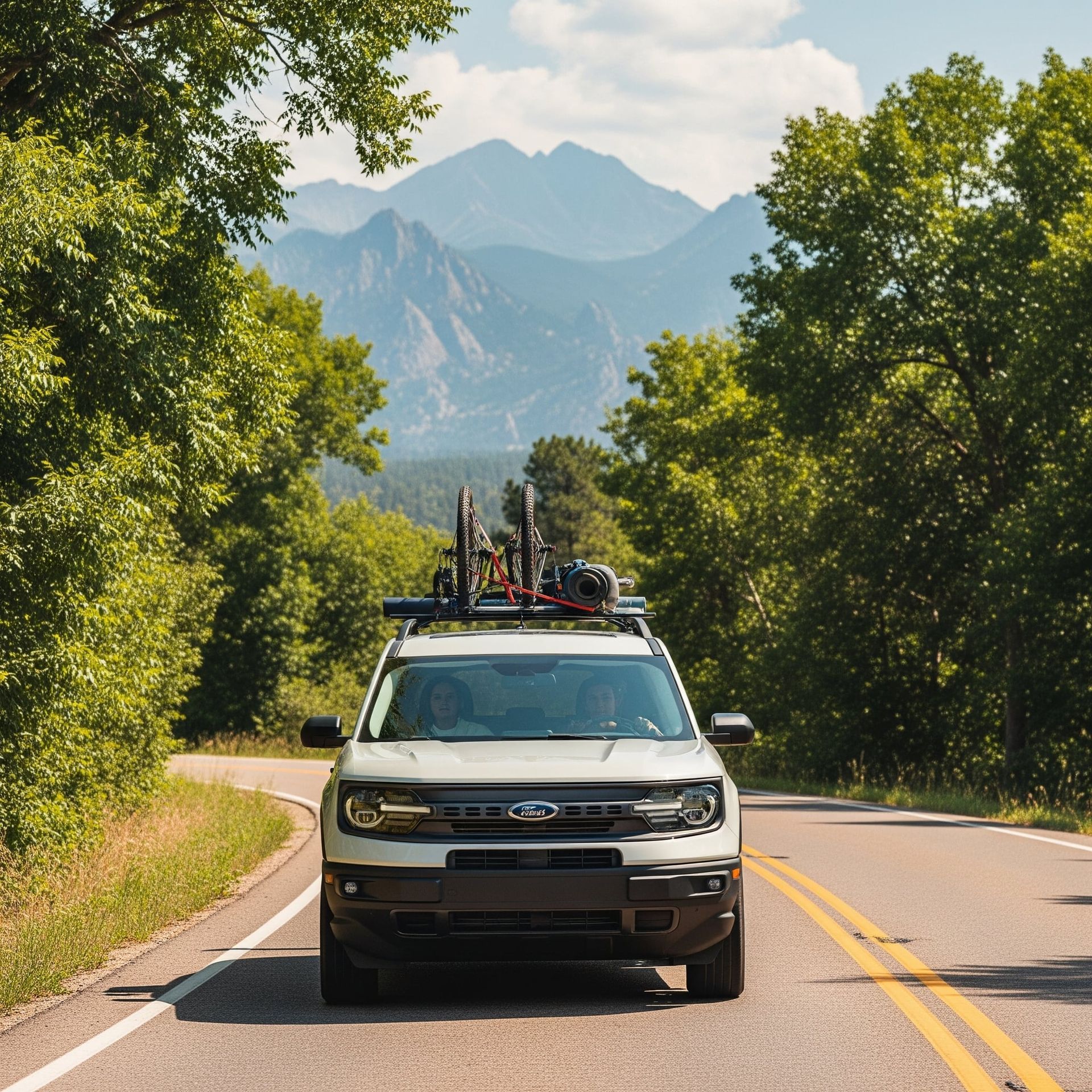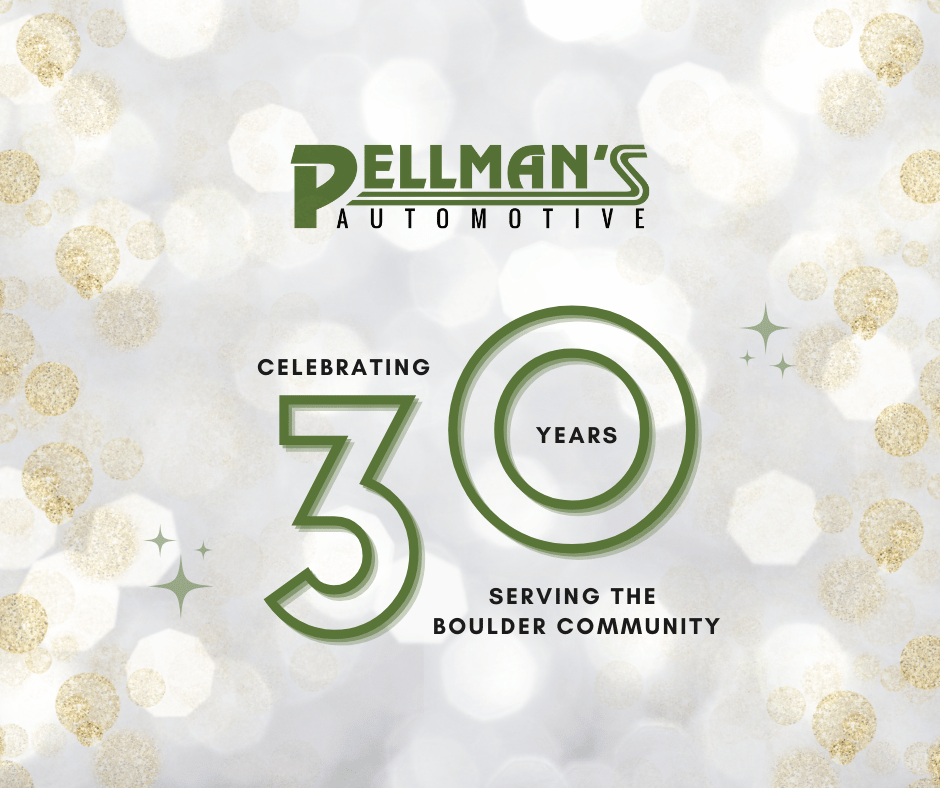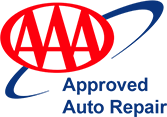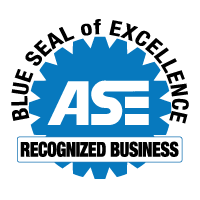Brake Maintenance And Tips For Colorado Drivers

We know how much you all like heading up into the mountains based on how often we perform brake maintenance and change out brake pads at the shop! It’s a simple fact of Colorado life that brakes need more attention because they get a lot more use.
6 TOP BRAKE ISSUES
- Brake warning lights. NEVER ignore a brake warning light, it can signal hydraulic leaks, worn brake pads or drums (depending on the type of brakes your car has,) warped rotors and more.
- Worn out brake pads. Brake pads are found on disc brakes which are commonly used for front brakes in most passenger cars (some cars have drum brakes on the rear wheels.) As brake pads run down they wear even faster because of their inability to dissipate heat and they throw off more brake dust. If you notice your wheels are quickly covered in black it can be a sign your brake pads are getting low. Squealing brakes, especially when your foot is off the brake pedal, is another sign of wear. Any noise from your brakes warrants your attention.
- Warped rotors. Rotors can warp under stress which inhibits your brake pads from applying even pressure. This drastically increases how long it takes for you to stop your vehicle. If your steering wheel shakes when you press the brake it’s likely you have a warped rotor.
- Hydraulic leaks. Leaks of brake fluid can lead to sudden brake failure. If you notice a leak under your car or realize your brake pedal pushes to the floor there’s a good chance it’s a leak in the hydraulic brake system. If you are concerned that you have a hydraulic brake leak, you should stop driving immediately and have it towed in for an inspection.
- Emergency brake is on. This is an easy one to fix but it often happens that a driver forgets the emergency brake is on. If you feel your car is dragging check the emergency brake first. Driving with the brake on can quickly damage the emergency brake system.
- Smoking brakes. Brakes smoke and/or smell when they are overheated and the main reason they get overheated is by constant application of brakes on descents of mountains and hills. If the brakes get to the smoking point, damage has likely occurred (or something is leaking onto your brakes – also bad as this causes the brake pads to glaze up.)
COMMON BRAKE WARNING LIGHTS – DON’T IGNORE THESE!
Here are some common brake warning lights:
Brake fluid level warning light. Brake fluid is low.
Anti-lock braking system warning light.
Fault in hydraulic system/brake fluid level dangerously low.
Parking (emergency brake) is on.
Brake Maintenance Tips
- Learn how to brake properly on mountain roads.
- Have brake fluid changed every 2 years (or sooner if the fluid looks brown) in order to protect your car’s critical brake components.
- Get your brake pads checked frequently, especially if you do a lot of mountain driving.
- Don’t ride your brake pedal.
- Avoid sudden braking by giving yourself more room between your car and the one in front of you.
- When your brake pads need replacing buy the highest quality pad you can afford. Be sure the new pads meet or exceed factory specs.








